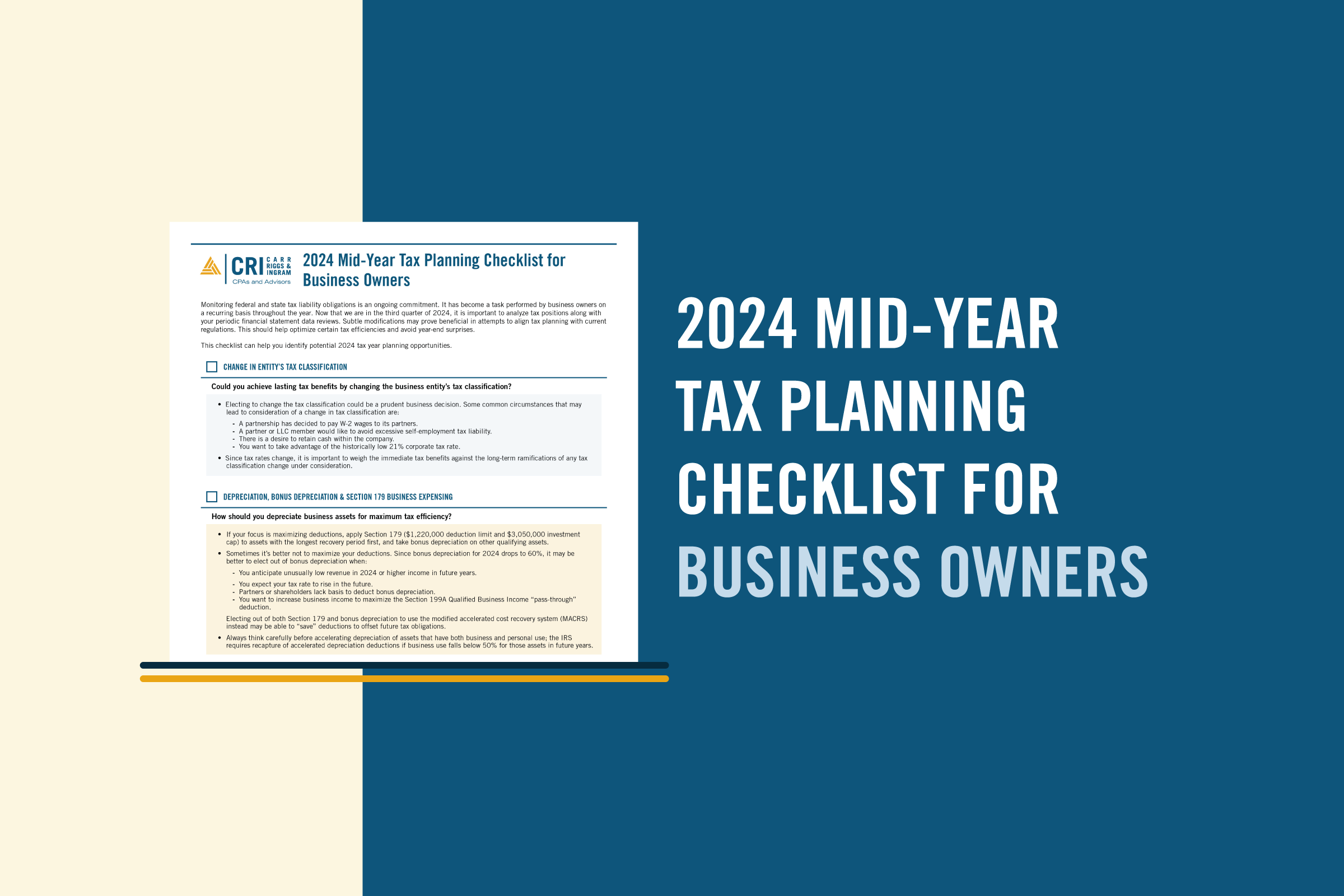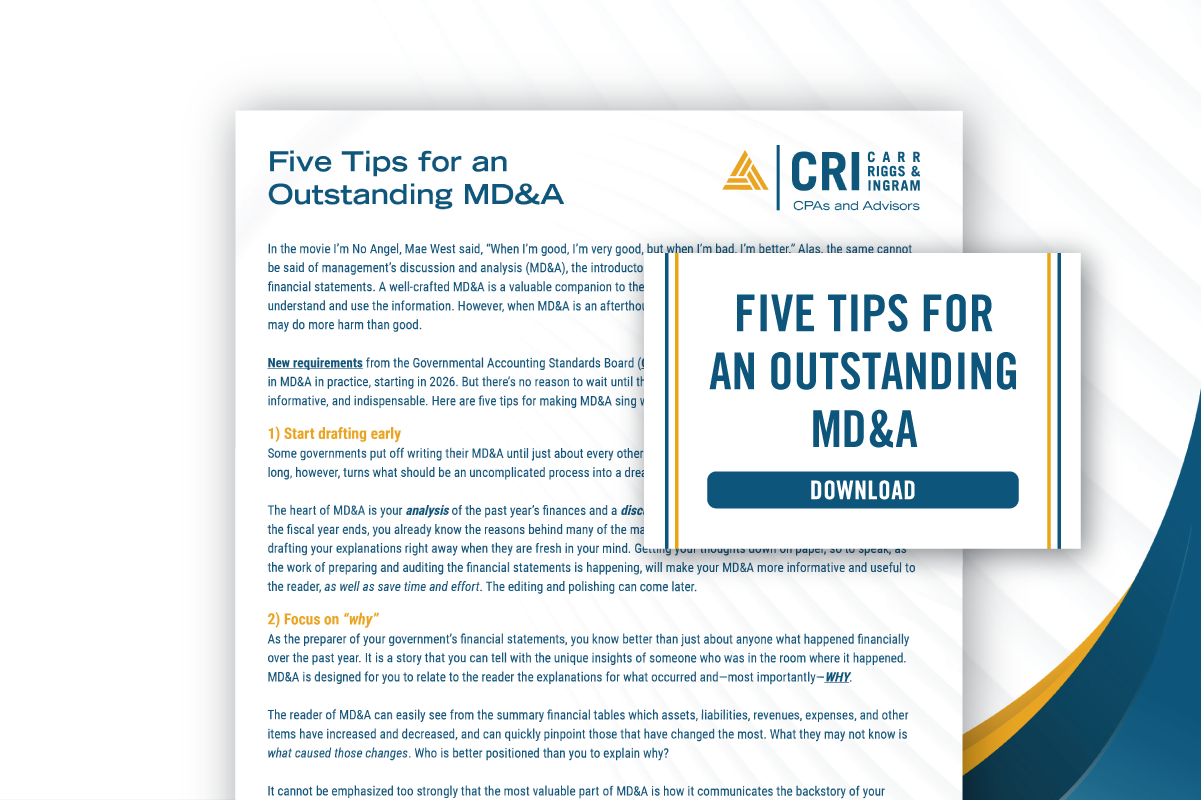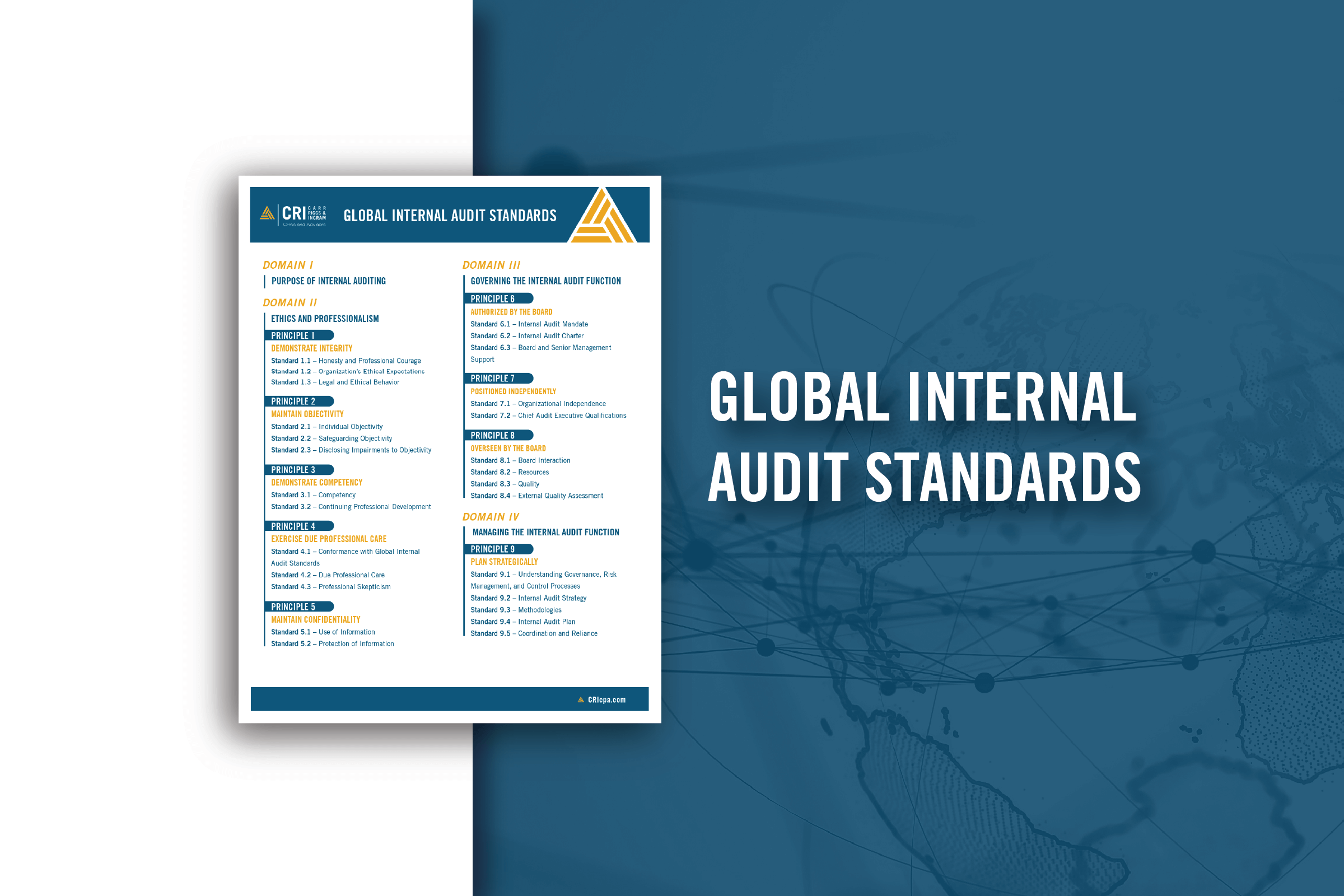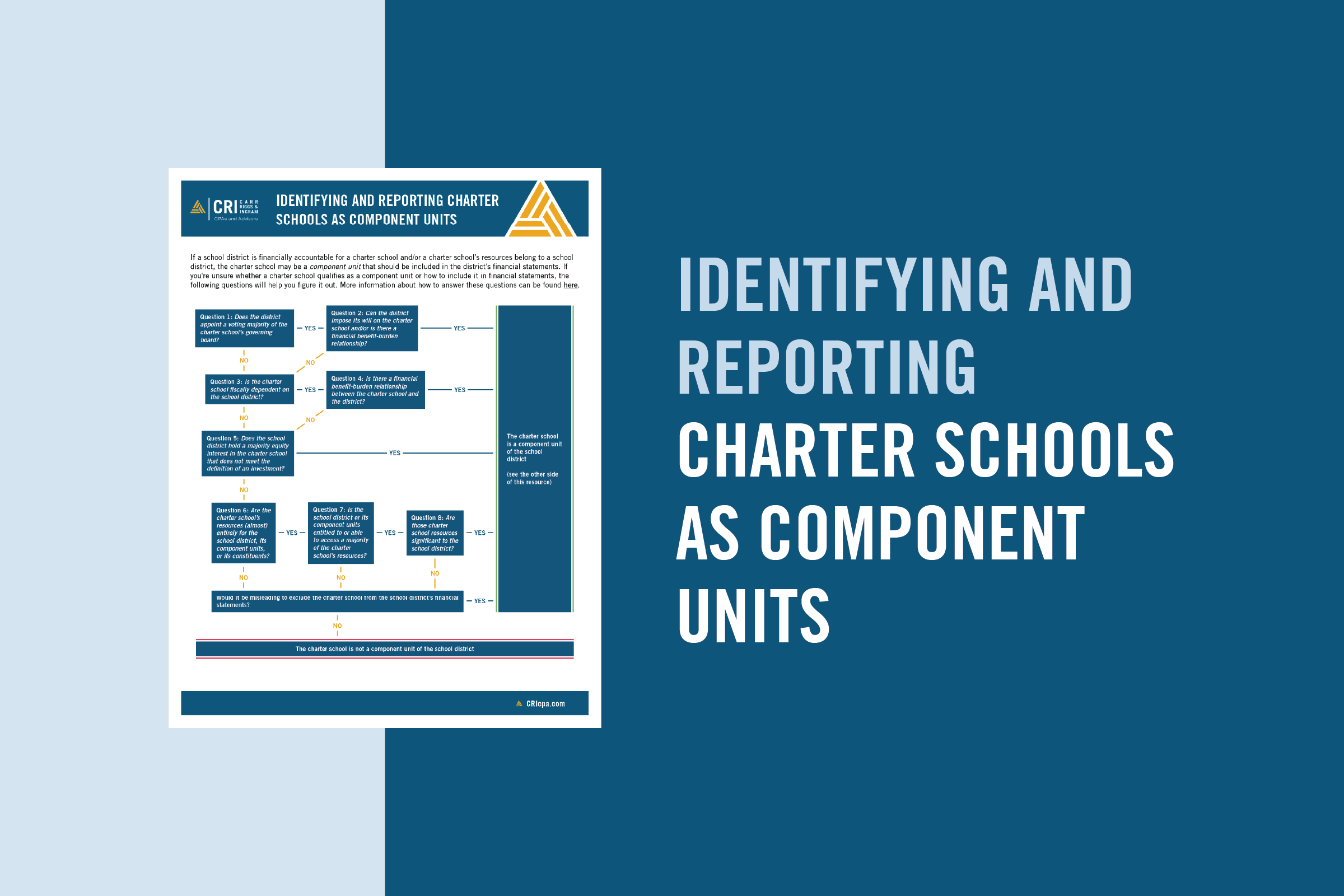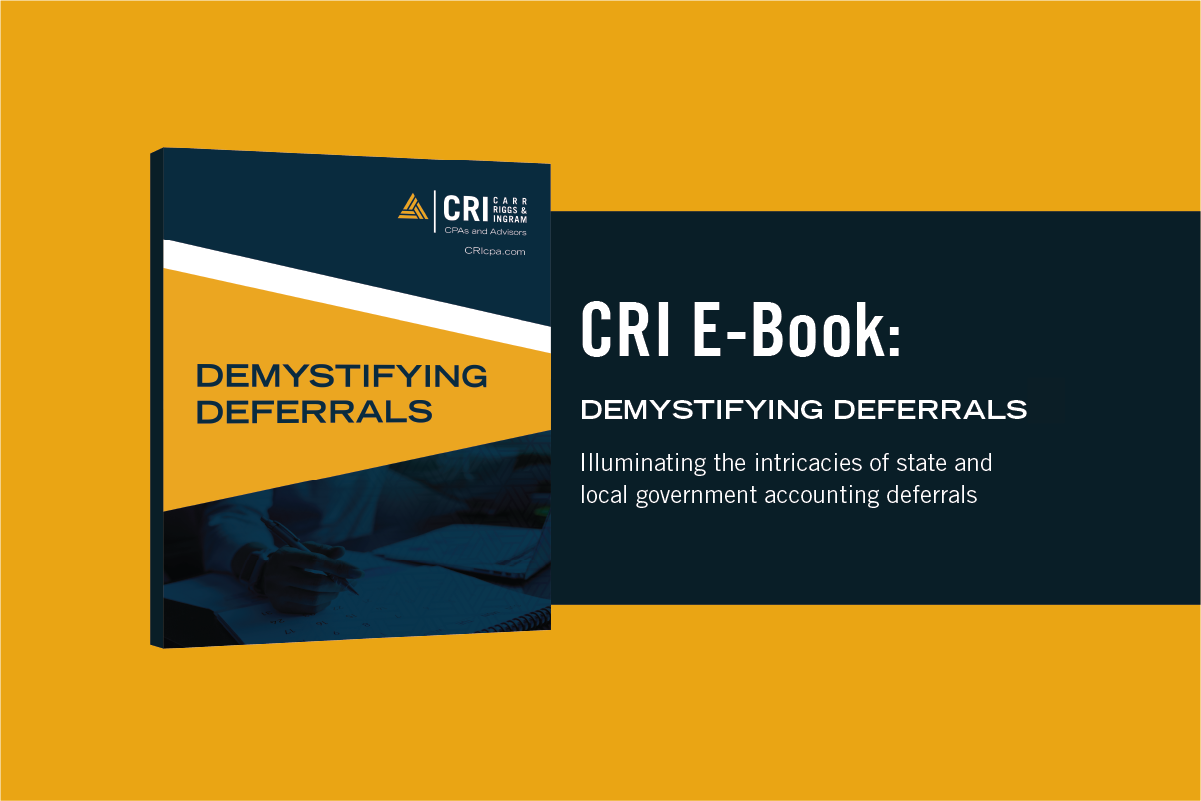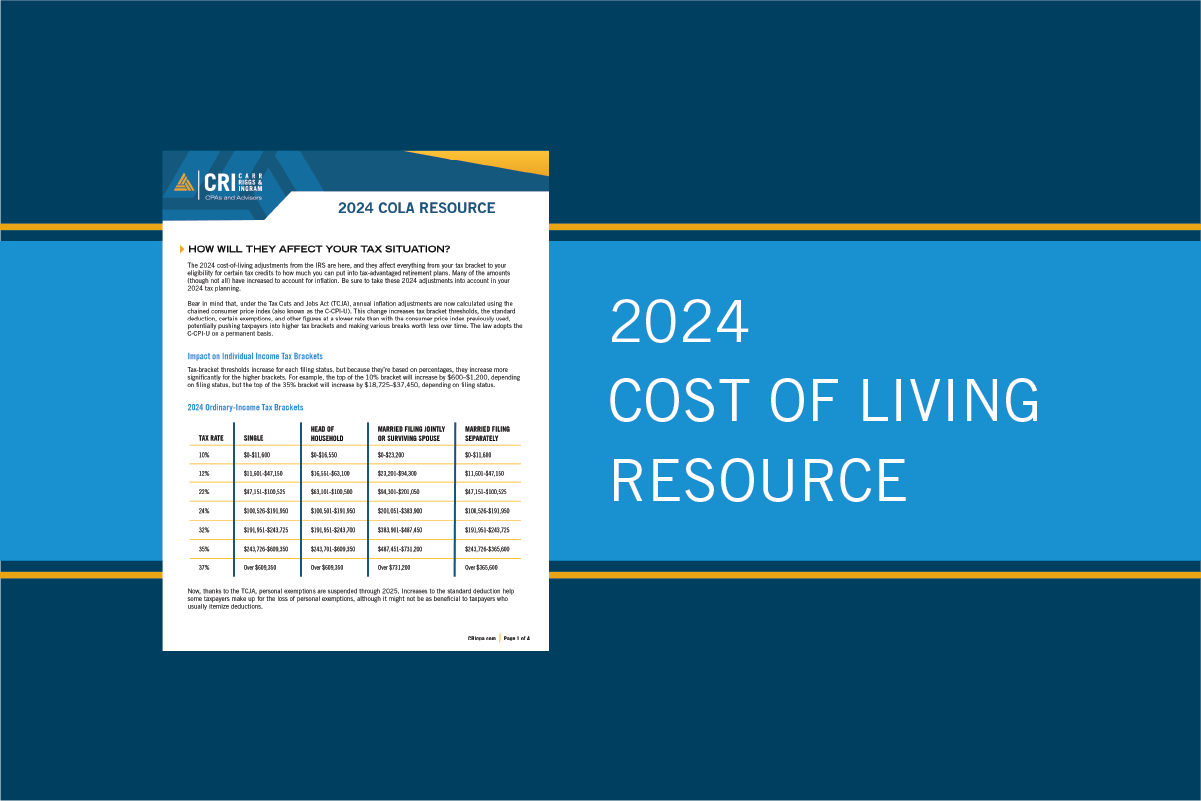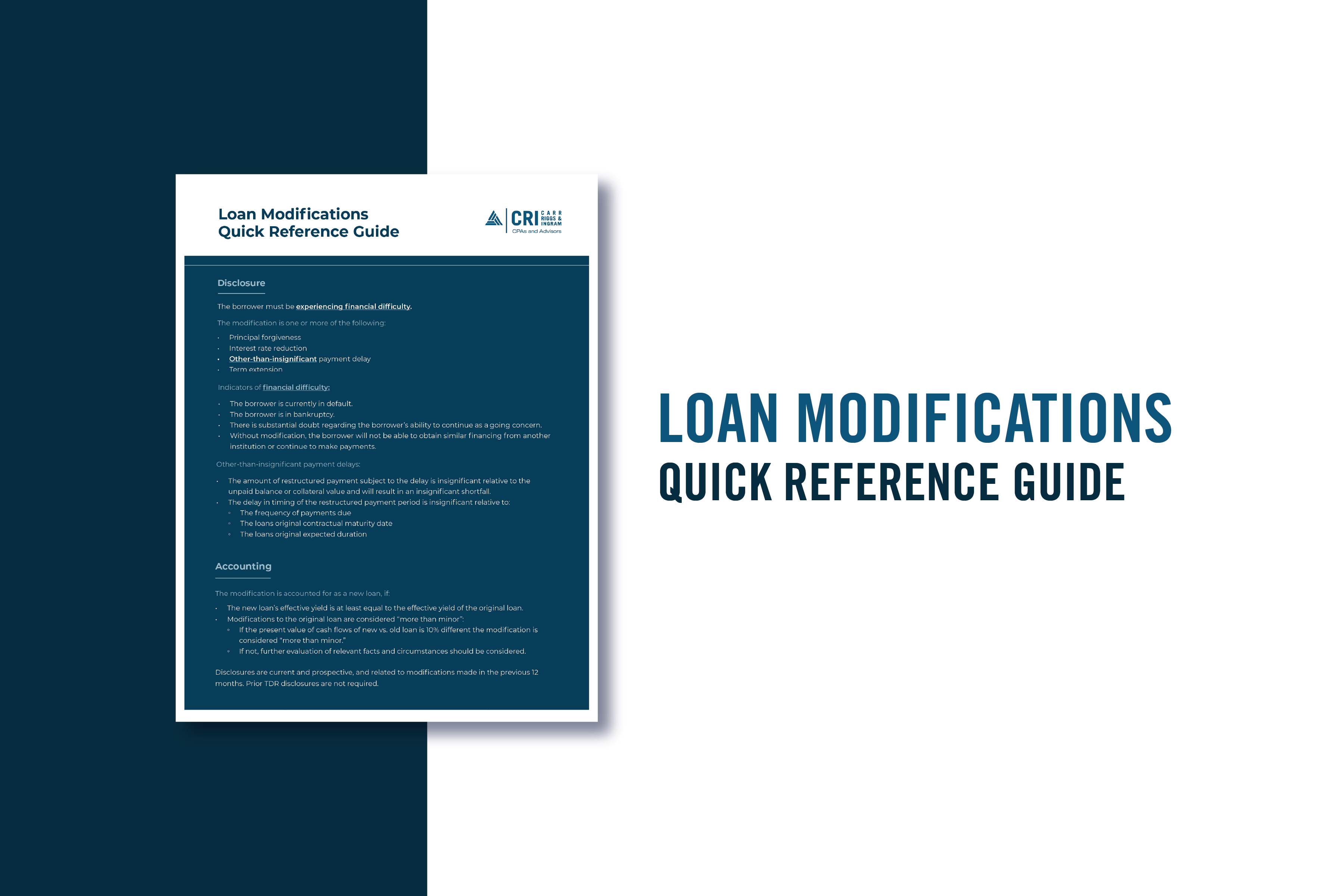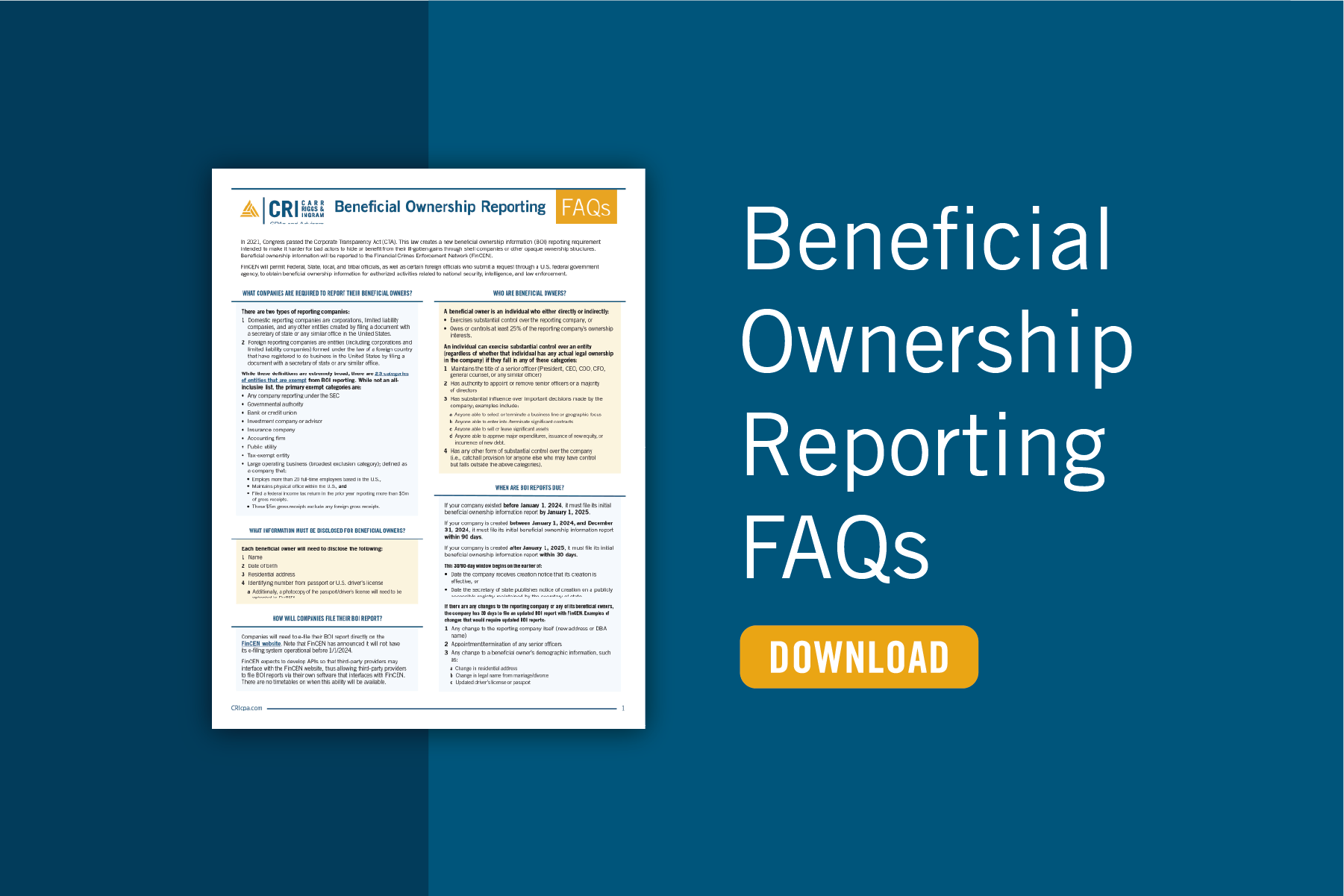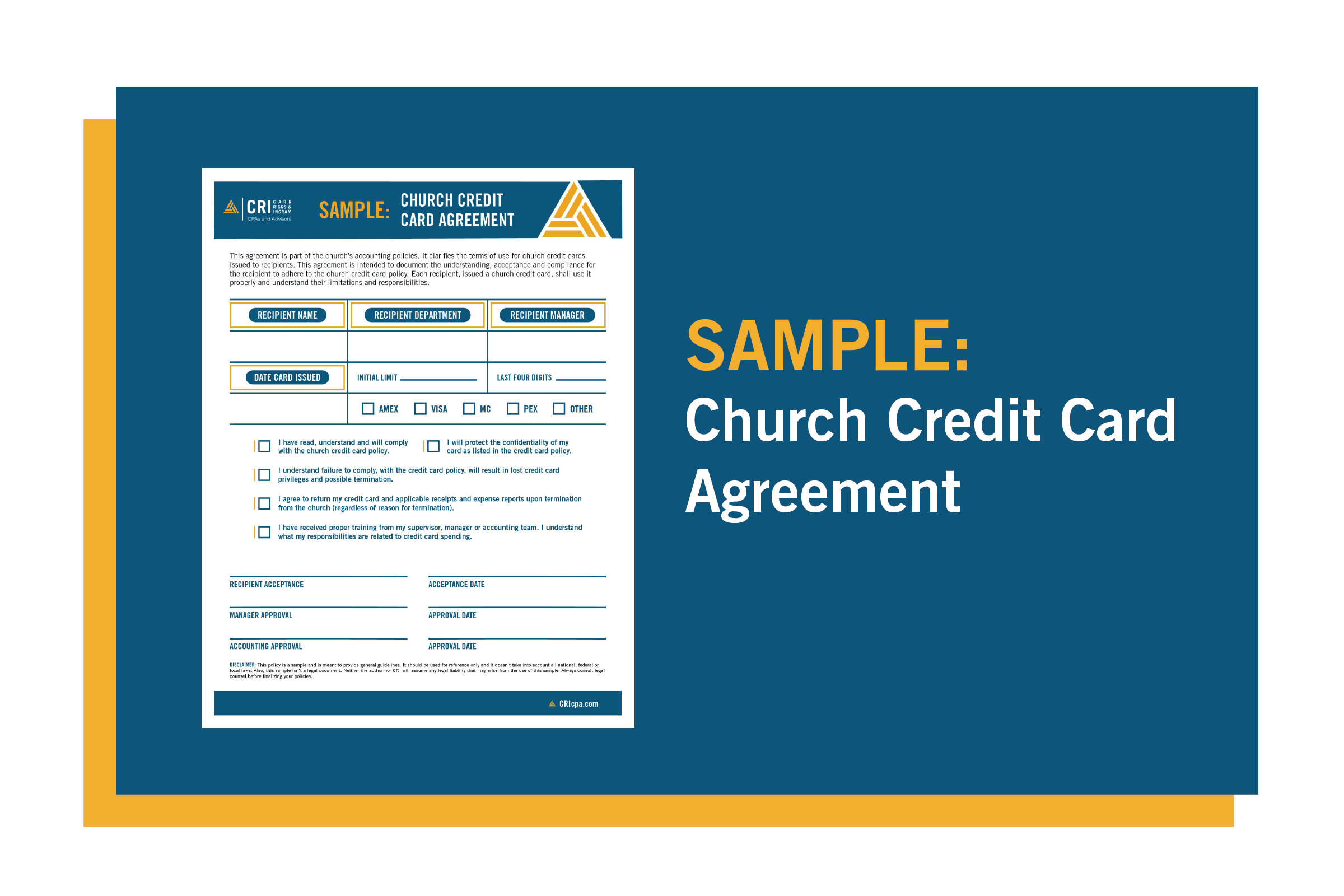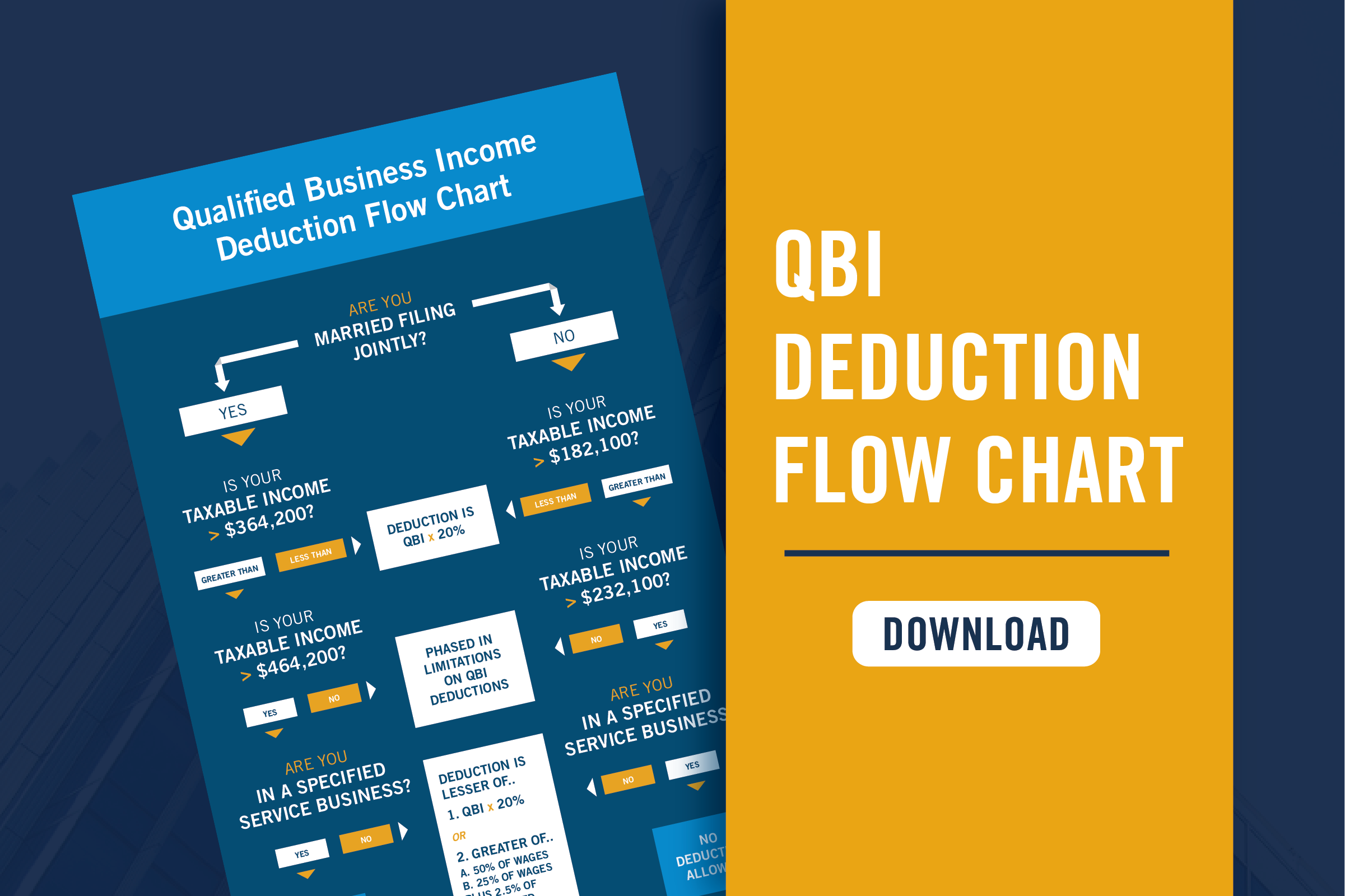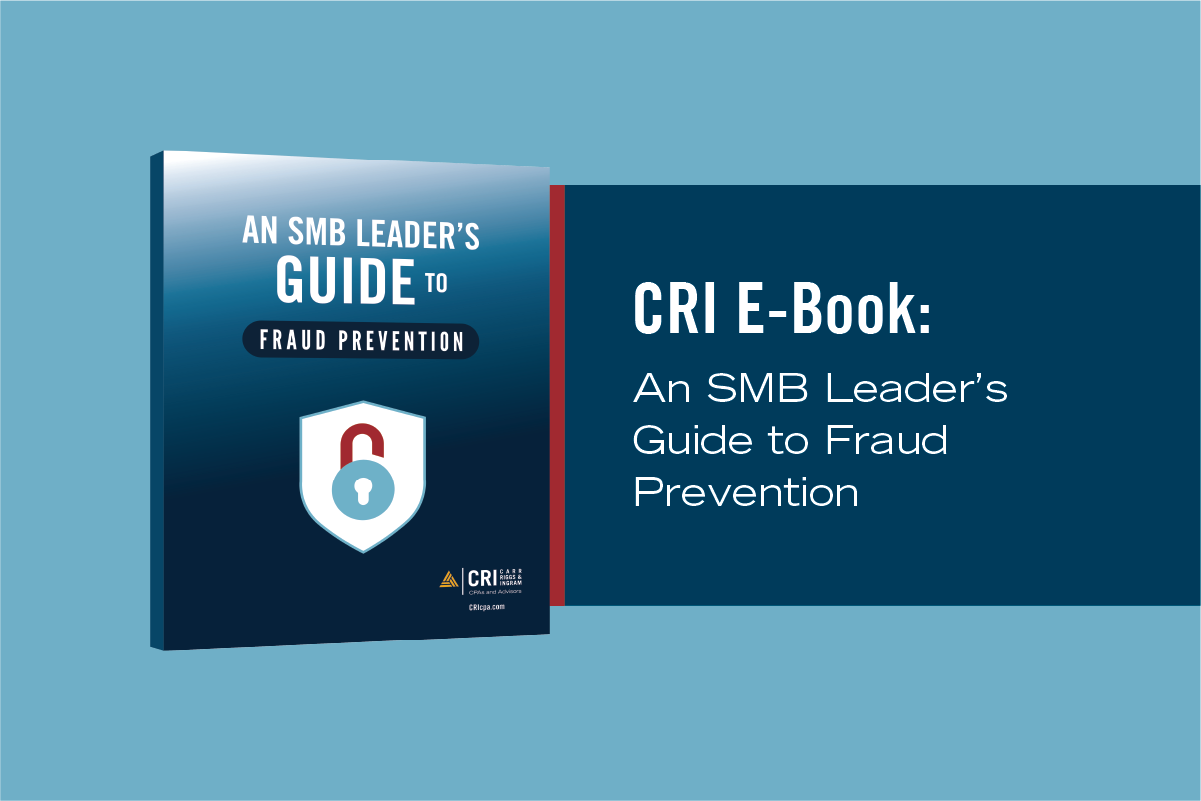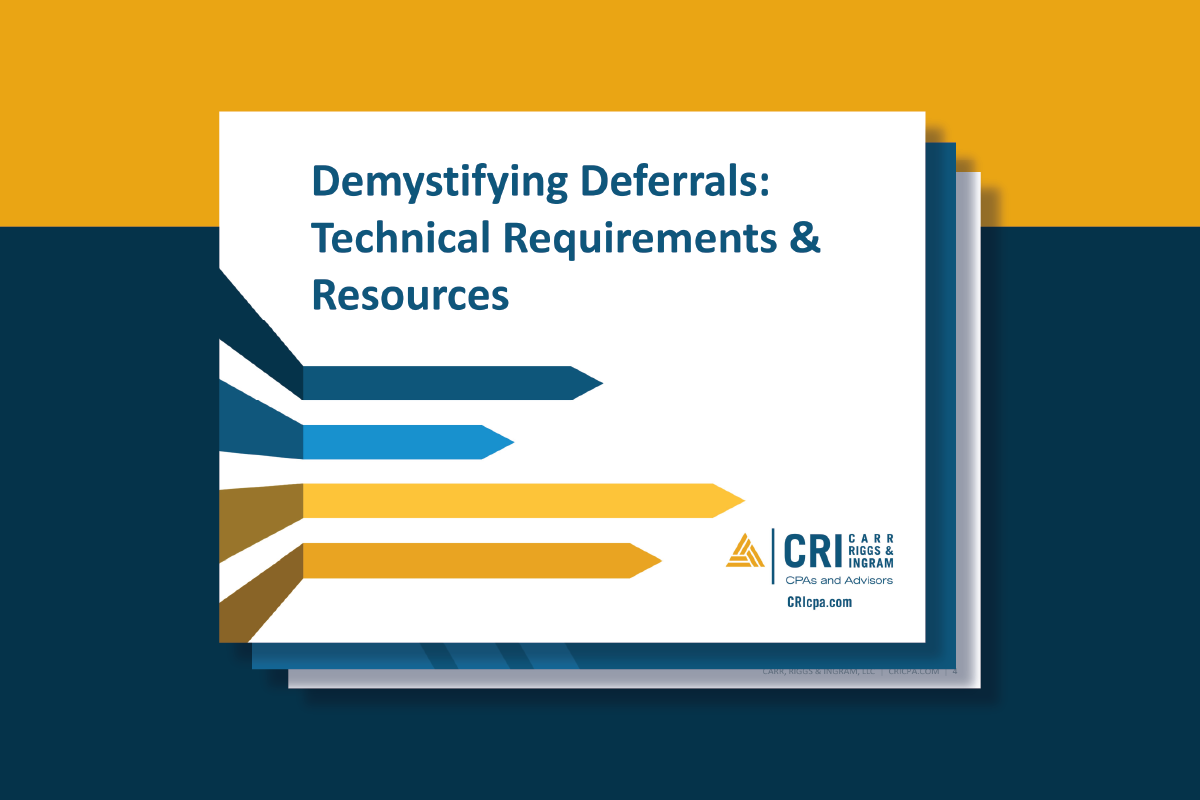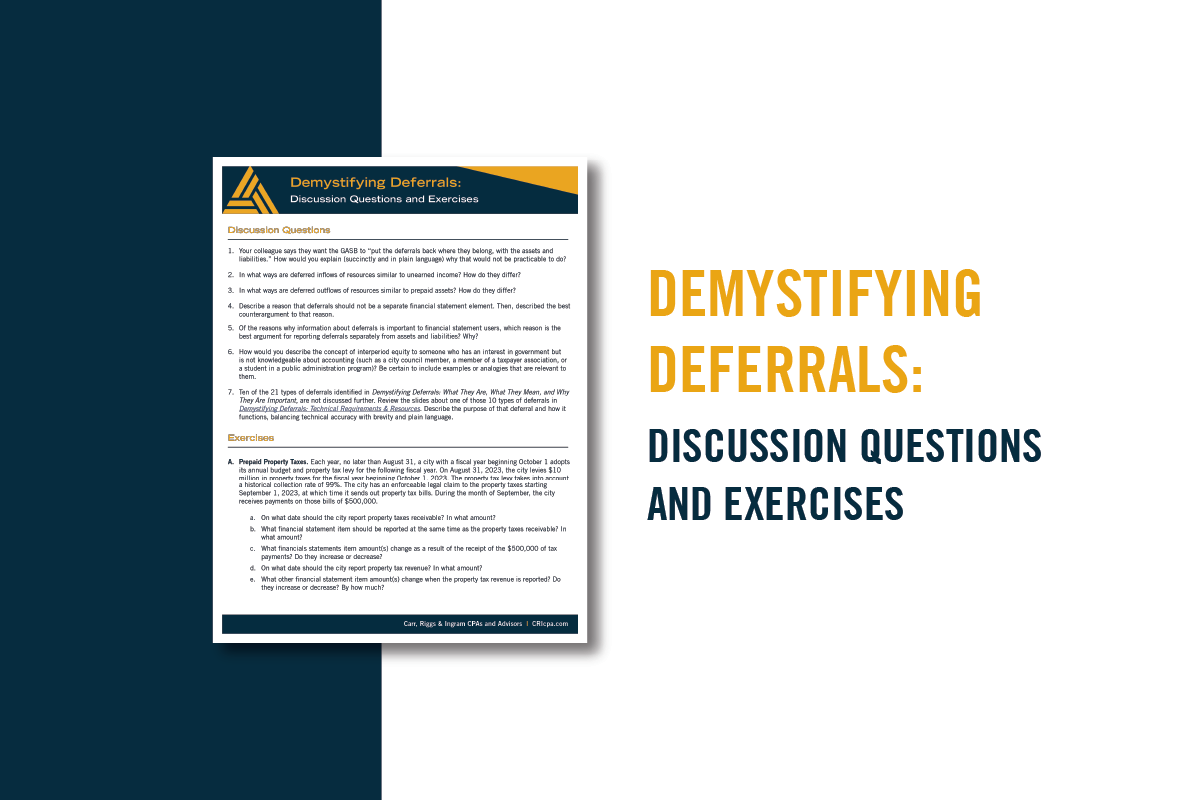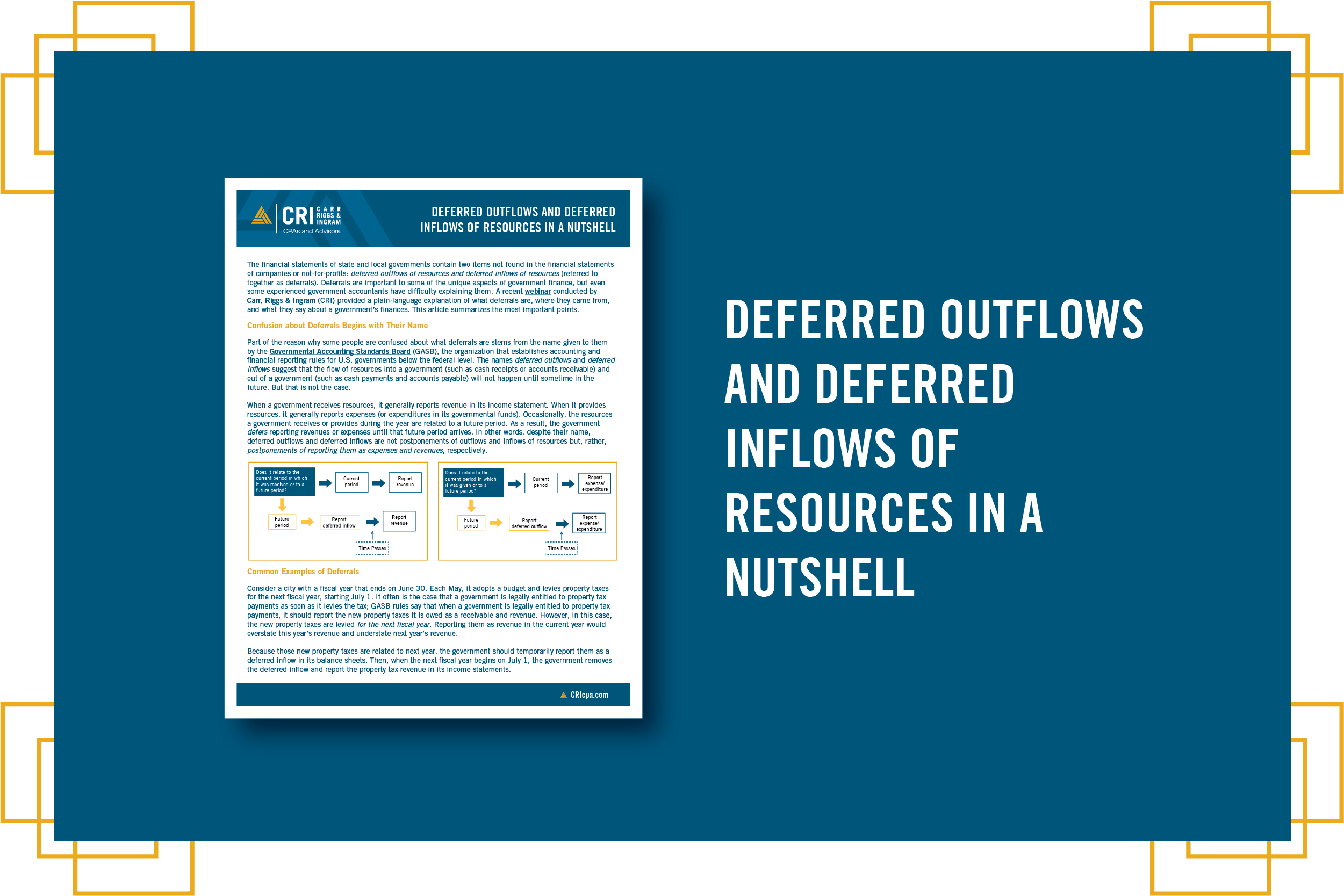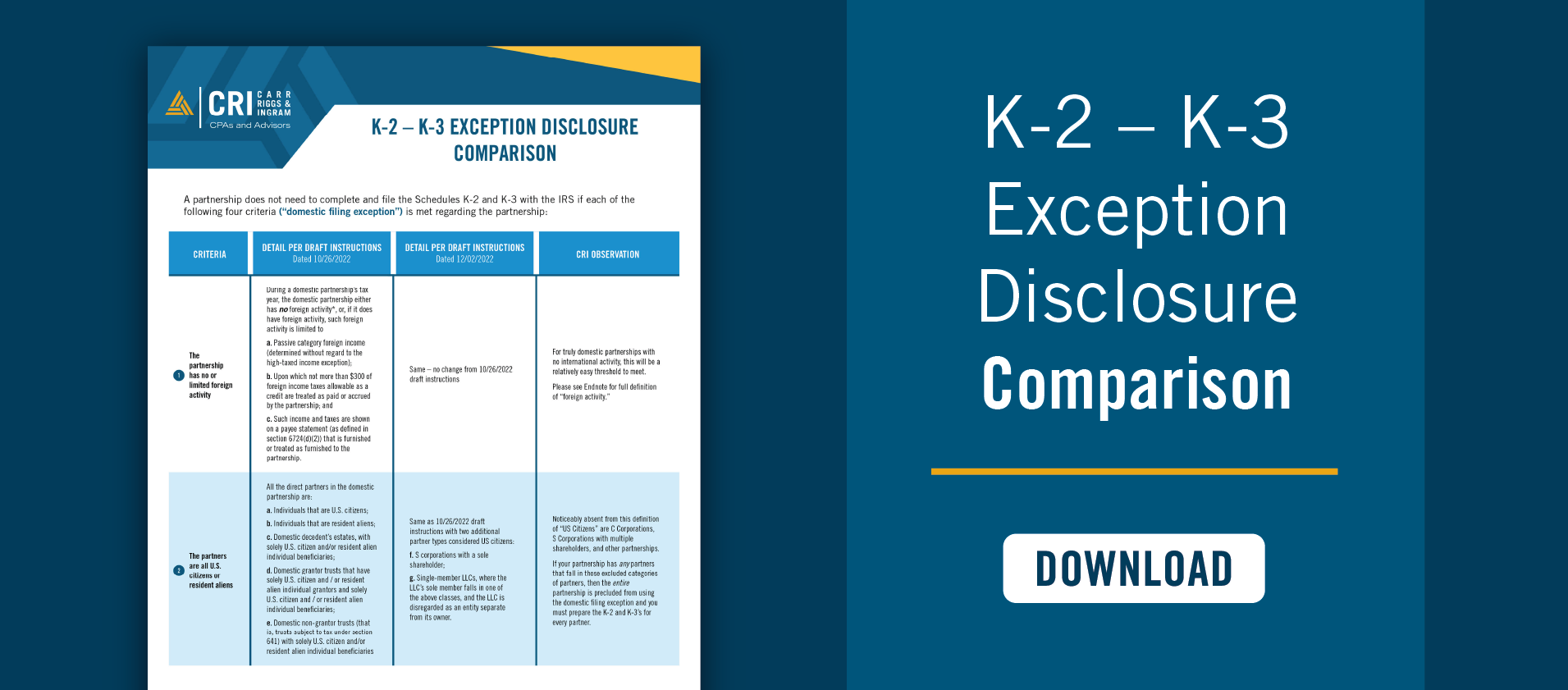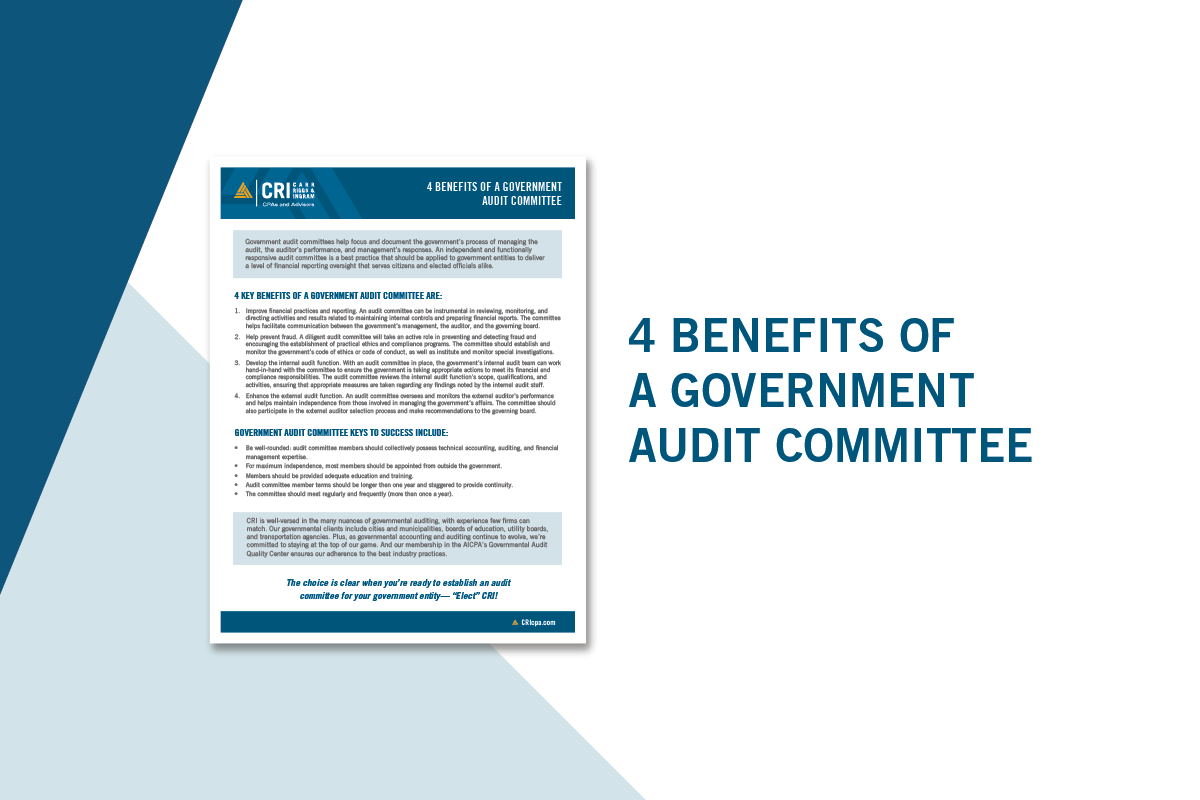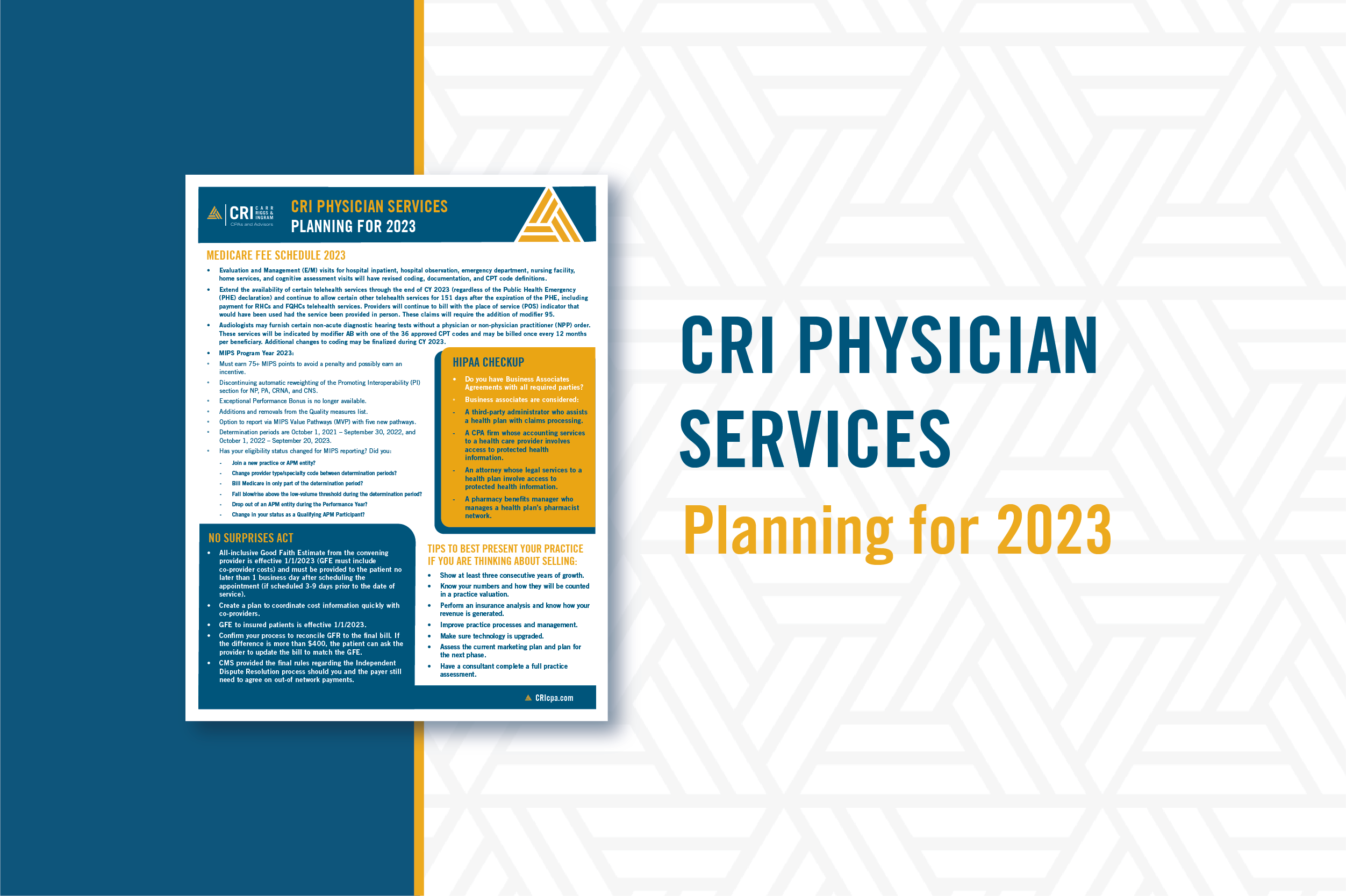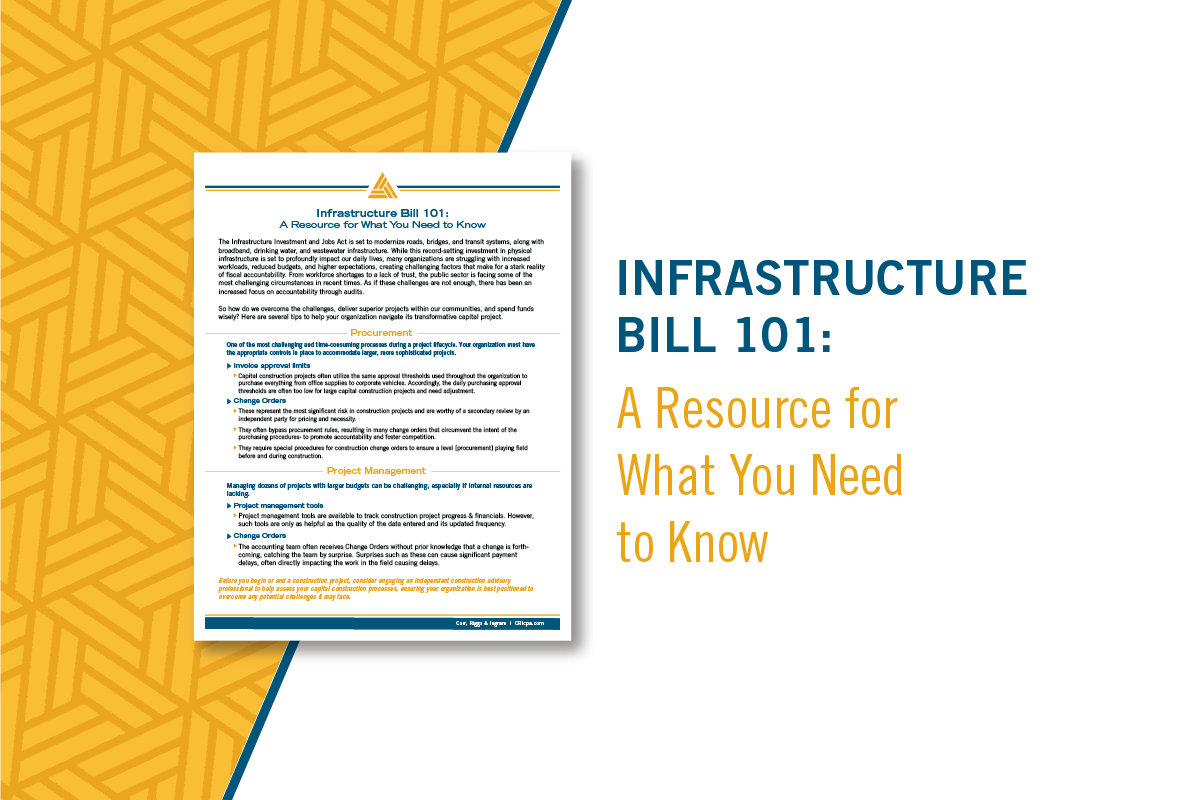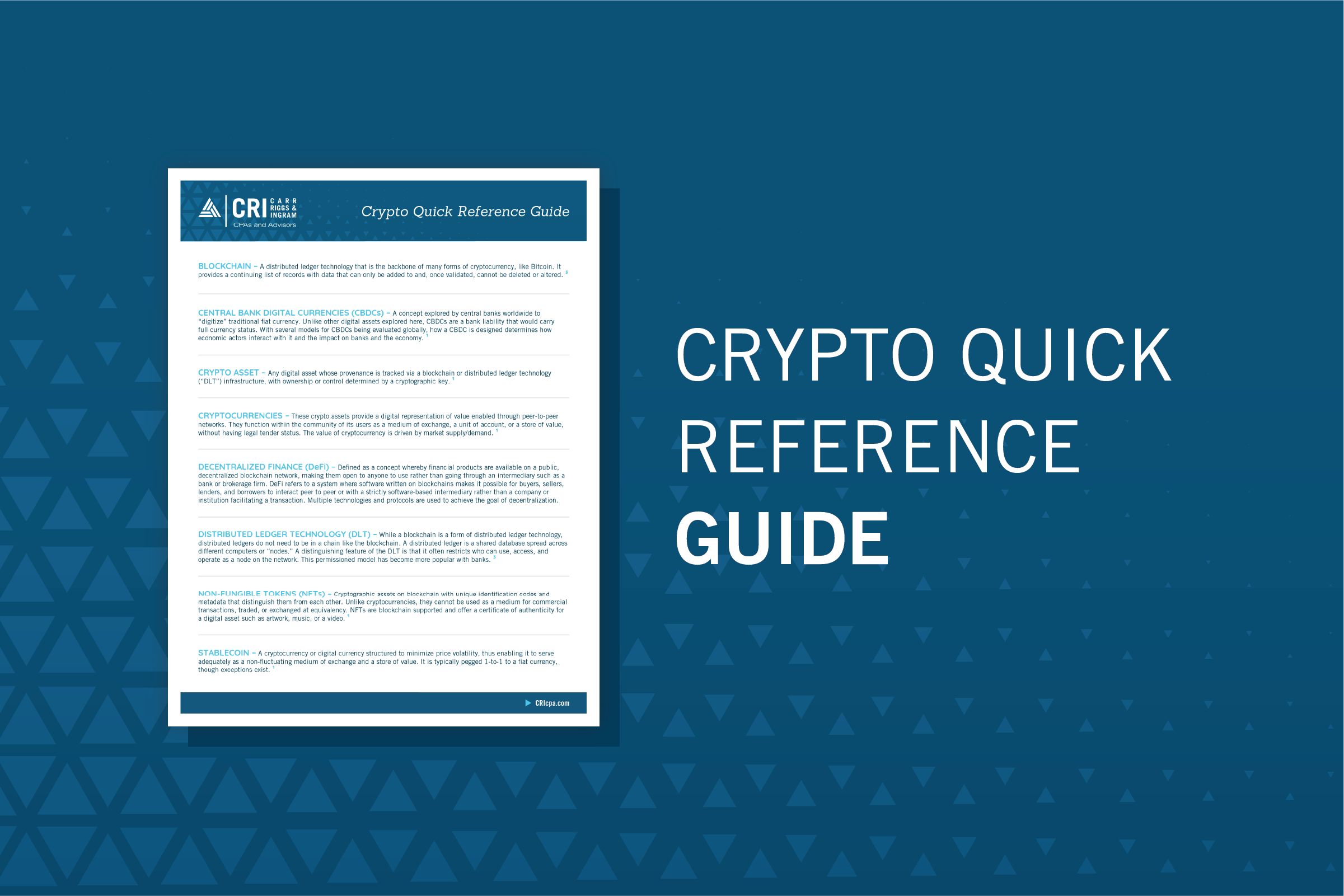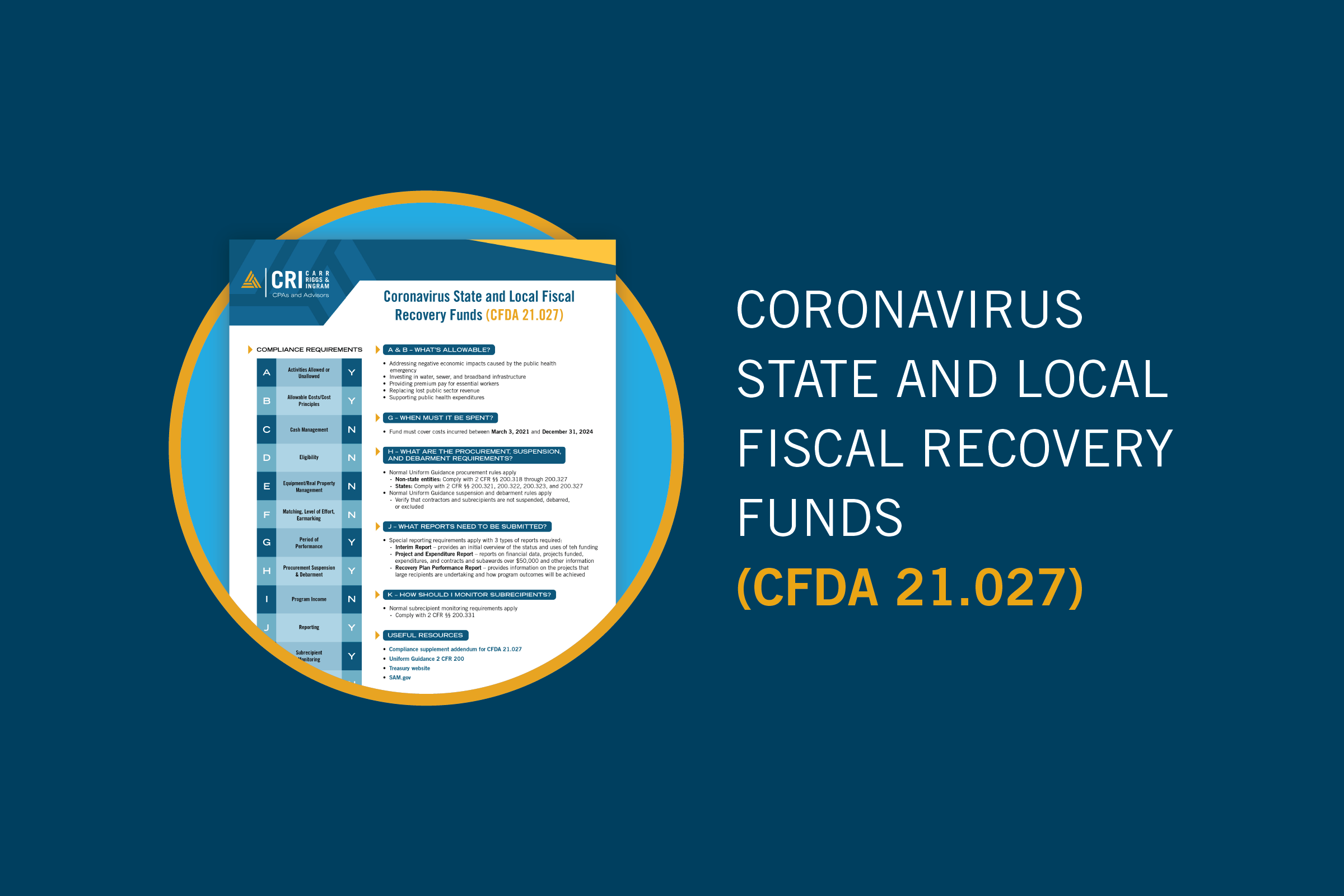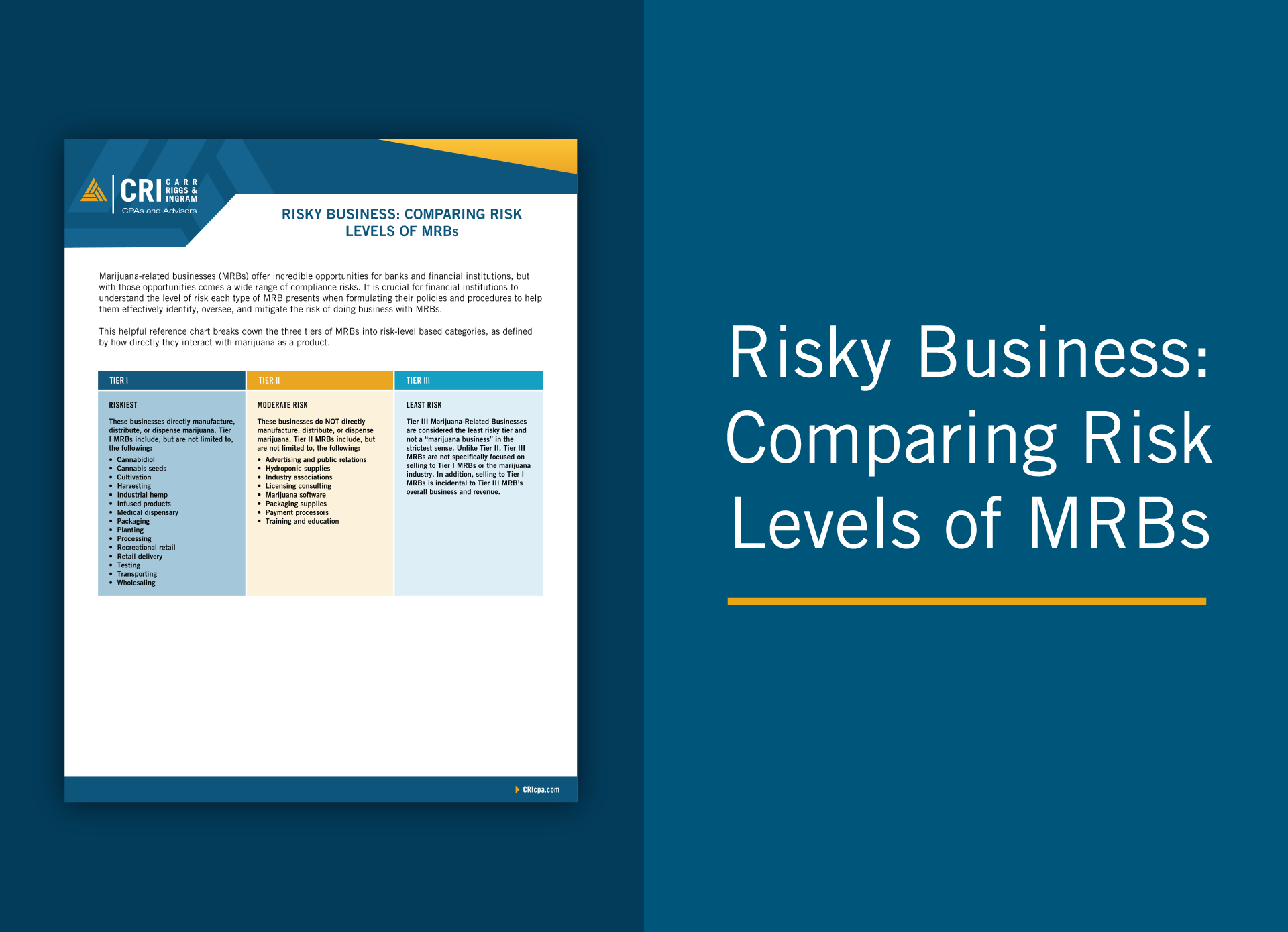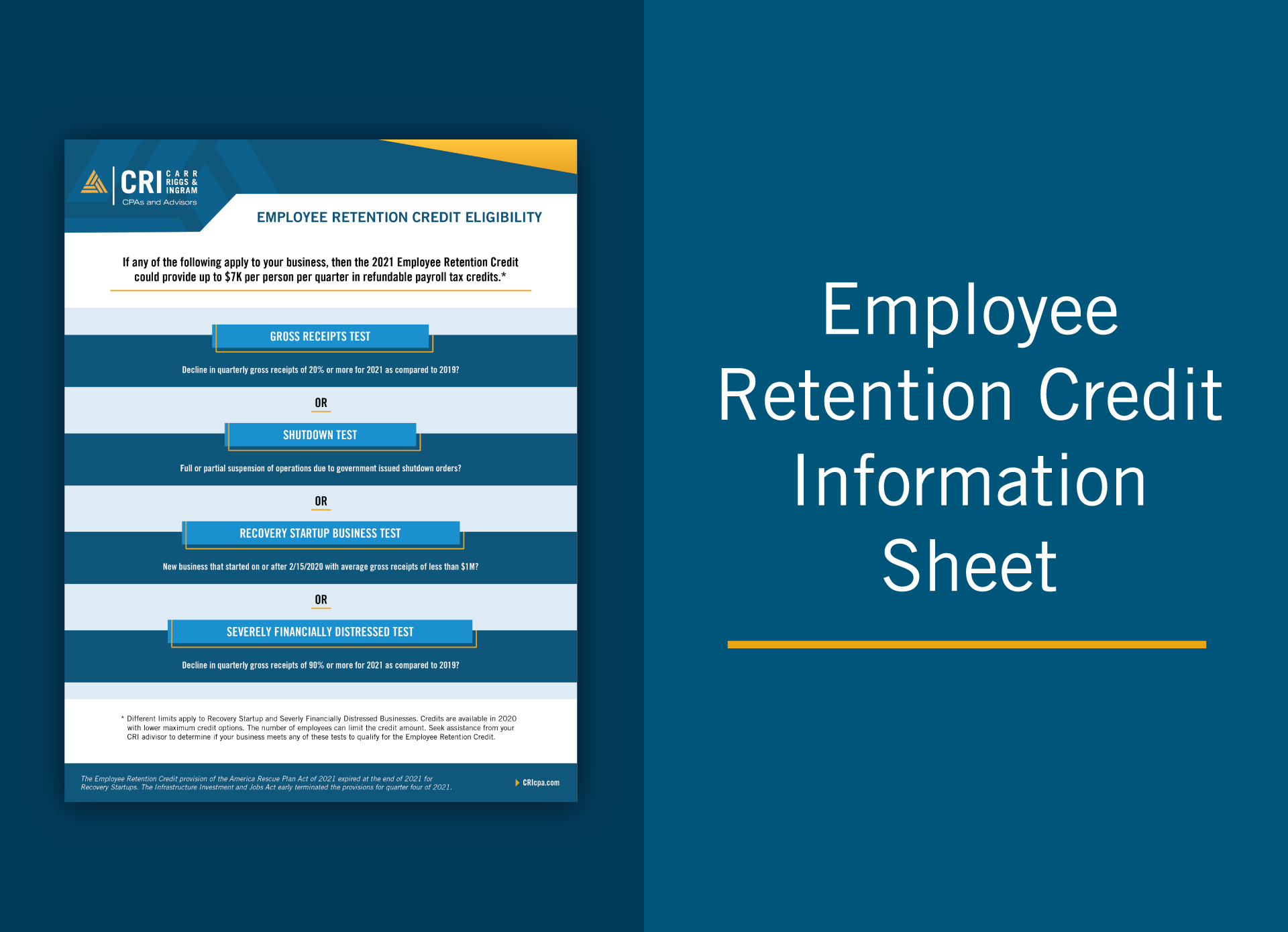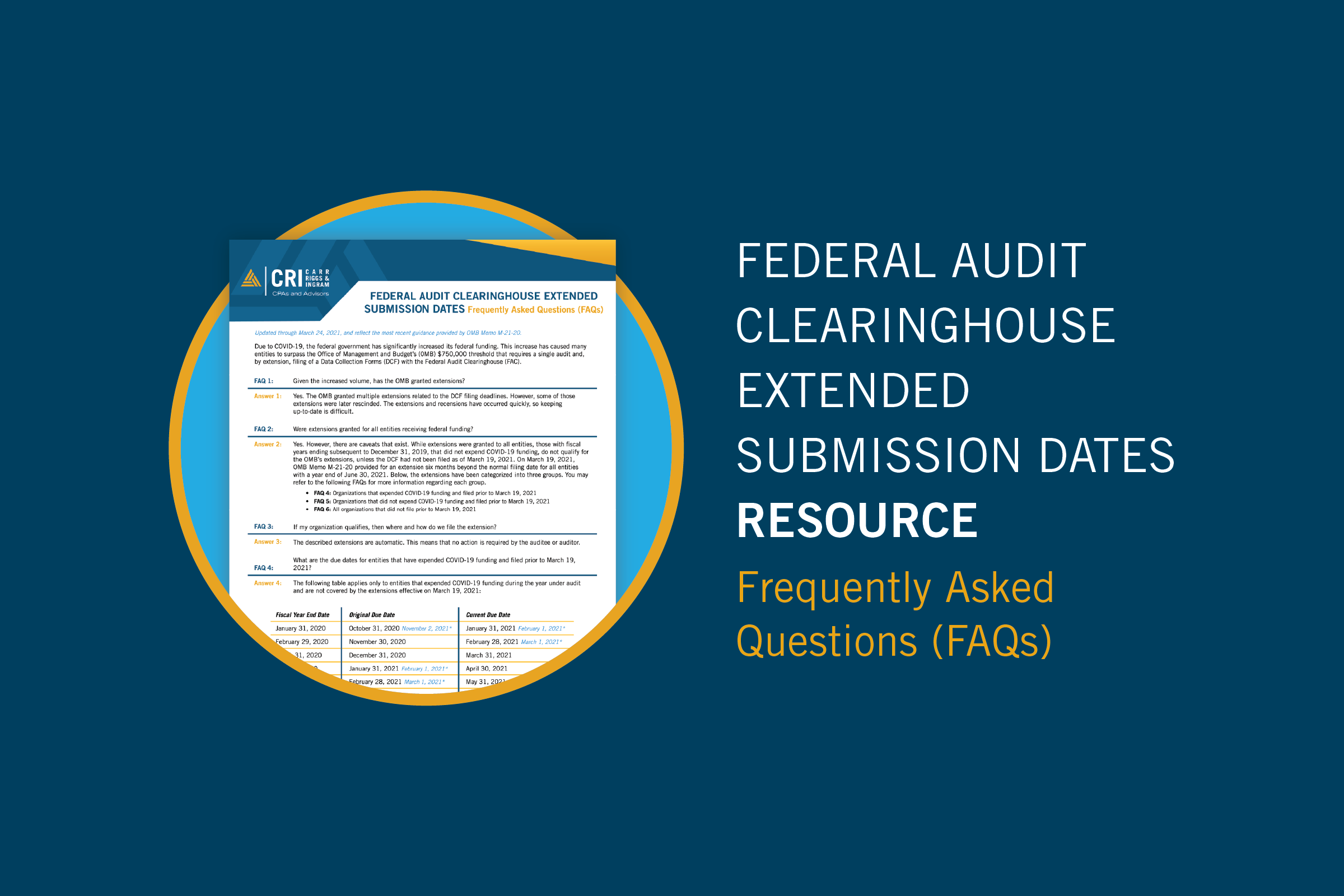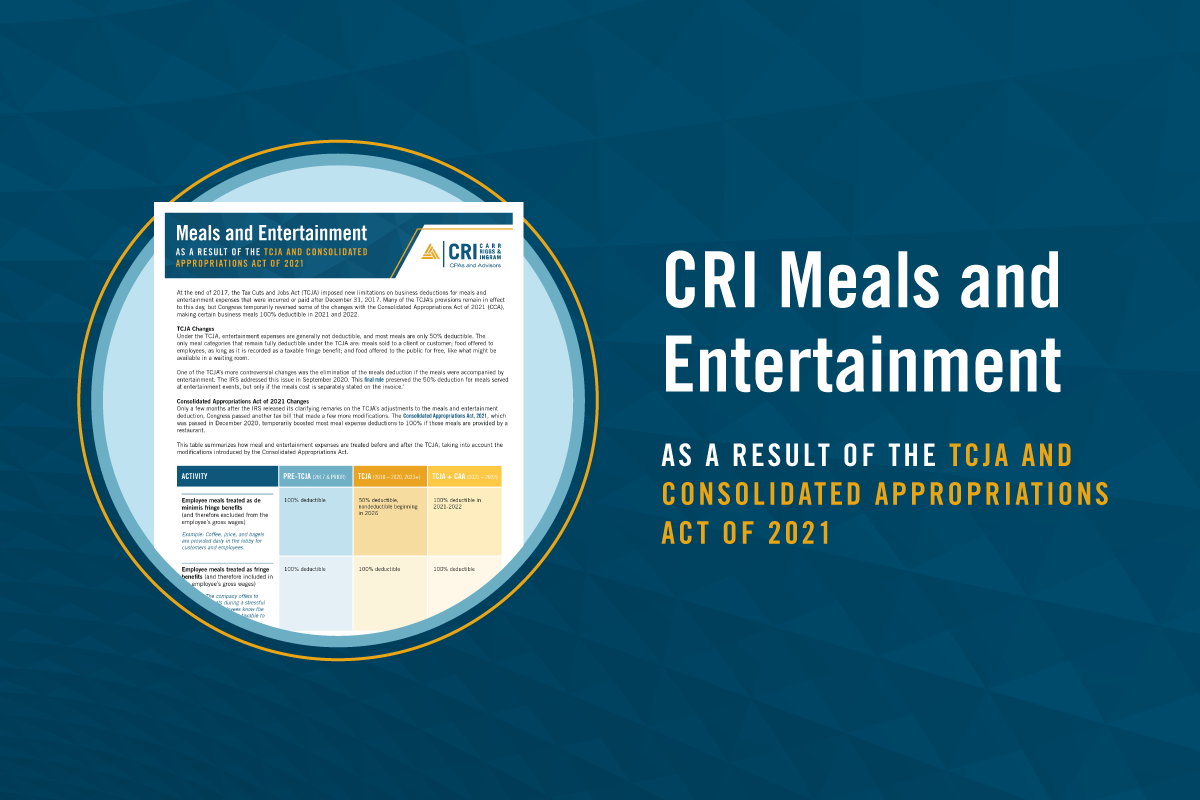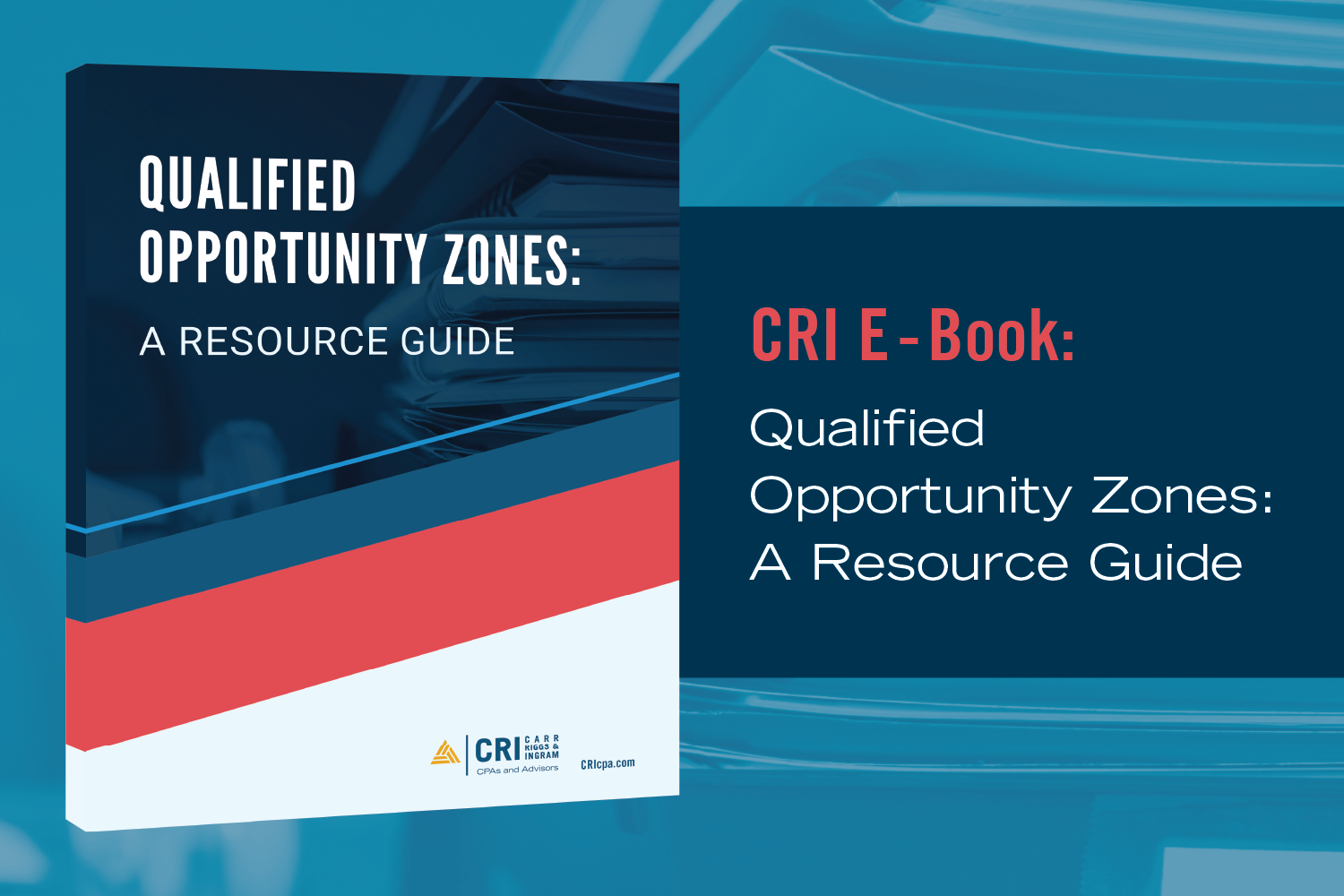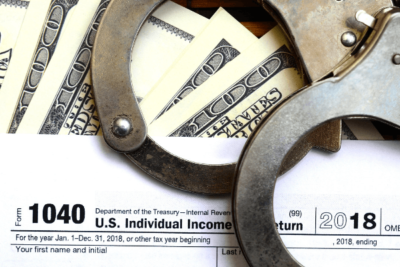Report Fundraising Events on Form 990
- Contributor
- K. Alan Jowers
Feb 12, 2022
If anything in the world of charitable organizations has received a spotlight in the recent past, it is probably the revisions made to the IRS Form 990. This form—and all of its’ required attachments— has grown more complex in the past few years and must be filed each year by most not-for-profit organizations. They have also become subject to more intense scrutiny by the IRS and charitable donors. One area that charities often misunderstand is the reporting of received donations, which are (of course) the lifeblood of these organizations. This statement is particularly true for fundraising events where the donor receives something in exchange for the donation. Such donations should be acknowledged by the organization in accordance with the IRS regulations, as well as reported in several lines of Form 990.
Form 990, Schedule G
The starting point for reporting fundraising events in Form 990 is on that form’s Schedule G – Supplemental Information Regarding Fundraising or Gaming Activities. This schedule is required to be filed along with Form 990 if the charity reports more than $15,000 of total fundraising event gross income and contributions for the year.
How are fundraising events reported on Part II of Schedule G? The gross receipts and the value provided to the donors have to be divided as follows:
- Line 1 — Gross receipts from the event.
- Line 2 — Charitable portion of the event proceeds (the portion in excess of the value of goods and services provided to the donor).
- Line 3 — Fair market value of the event proceeds.
For example, the fictitious Feed the Kids charity has a gala dinner. 200 tickets are sold at the cost of $200 each, and the value of the dinner is determined to be $50. The proceeds should be reported as:
Gross proceeds — 200 × $200 = $40,000 Line 1
Charitable contribution — 200 × $150 = $30,000 Line 2
Value received by donors — 200 × $50 = $10,000 Line 3
Other Requirements for Reporting Fundraising Events on Form 990
The fundraiser should also be reported on Part VIII of the 990 – The Statement of Revenue. Using the example above, $30,000 should be reflected on Line 1c, and $10,000 should be on Line 8a. In order to avoid questions from the IRS, care should be taken to ensure that the information in this section agrees with Schedule G.
Tax reporting is rarely simple, even for not-for-profit organizations. If you're unsure of your next steps or have questions regarding how to report on fundraising events, contact CRI’s team of professionals to help get your organization compliant with the IRS requirements for your Form 990 and other tax filings.

